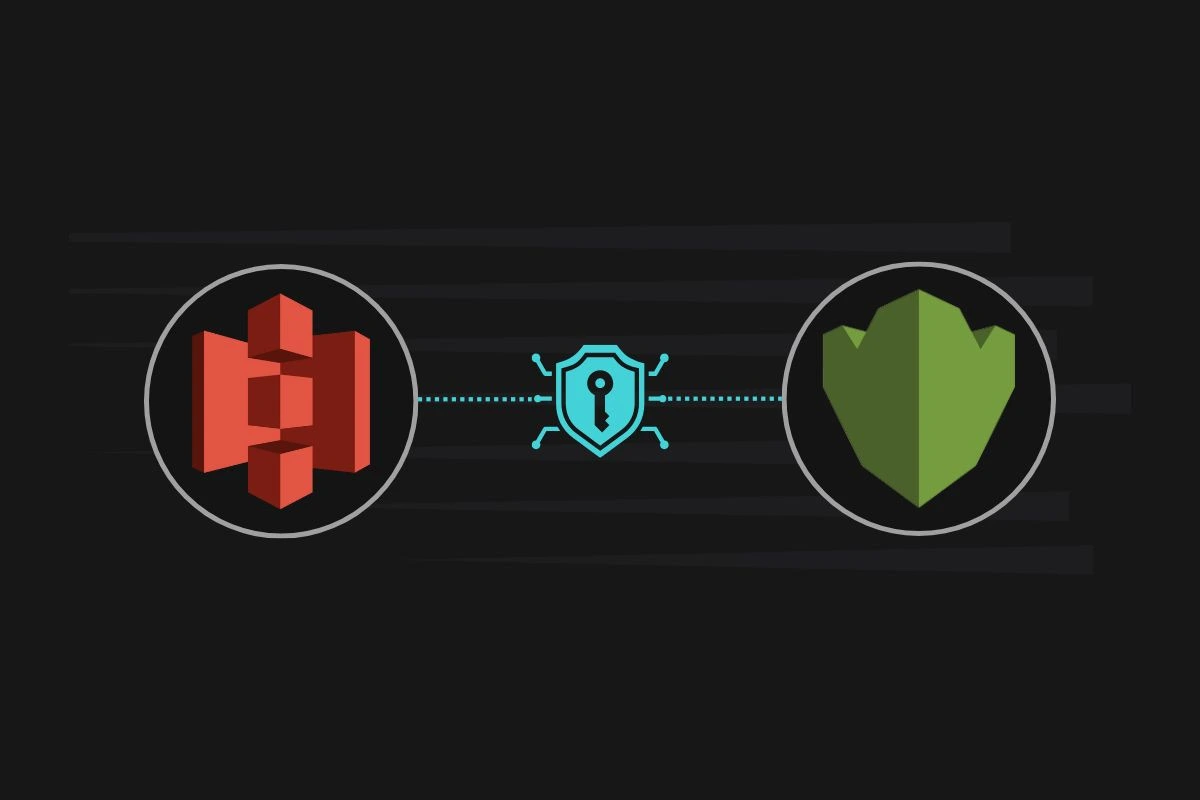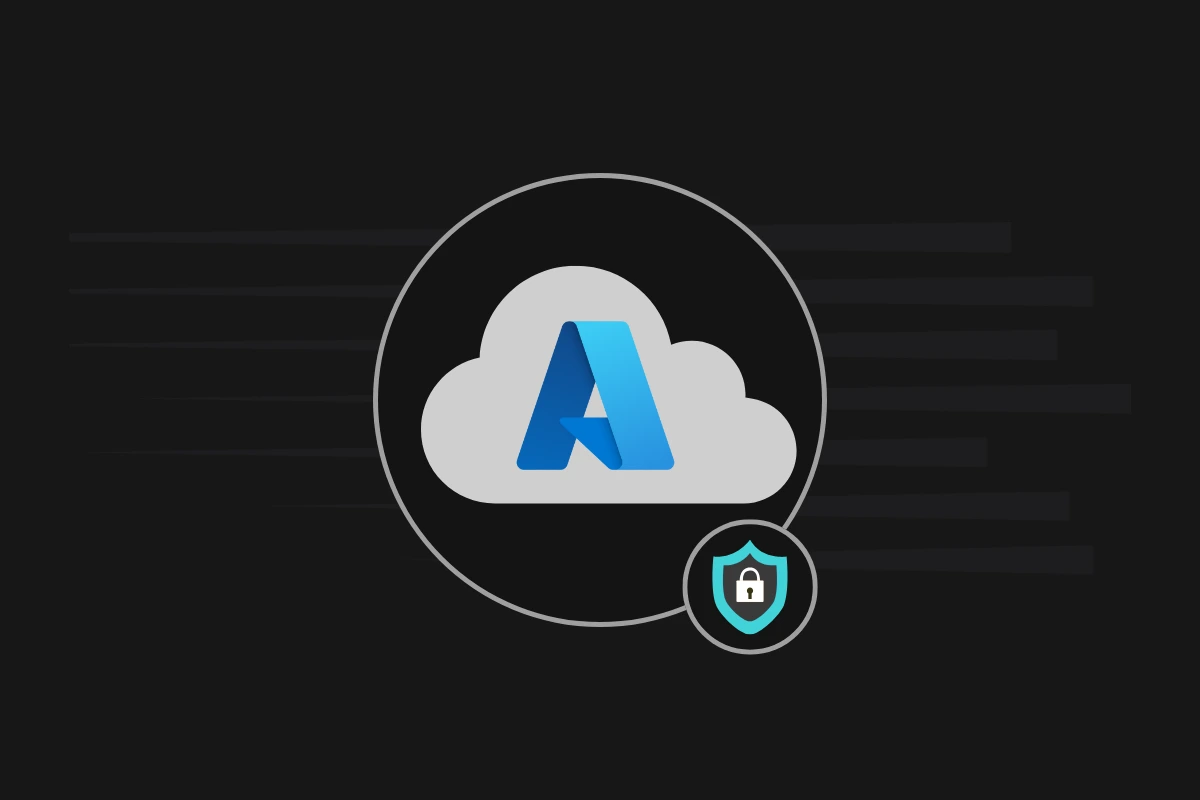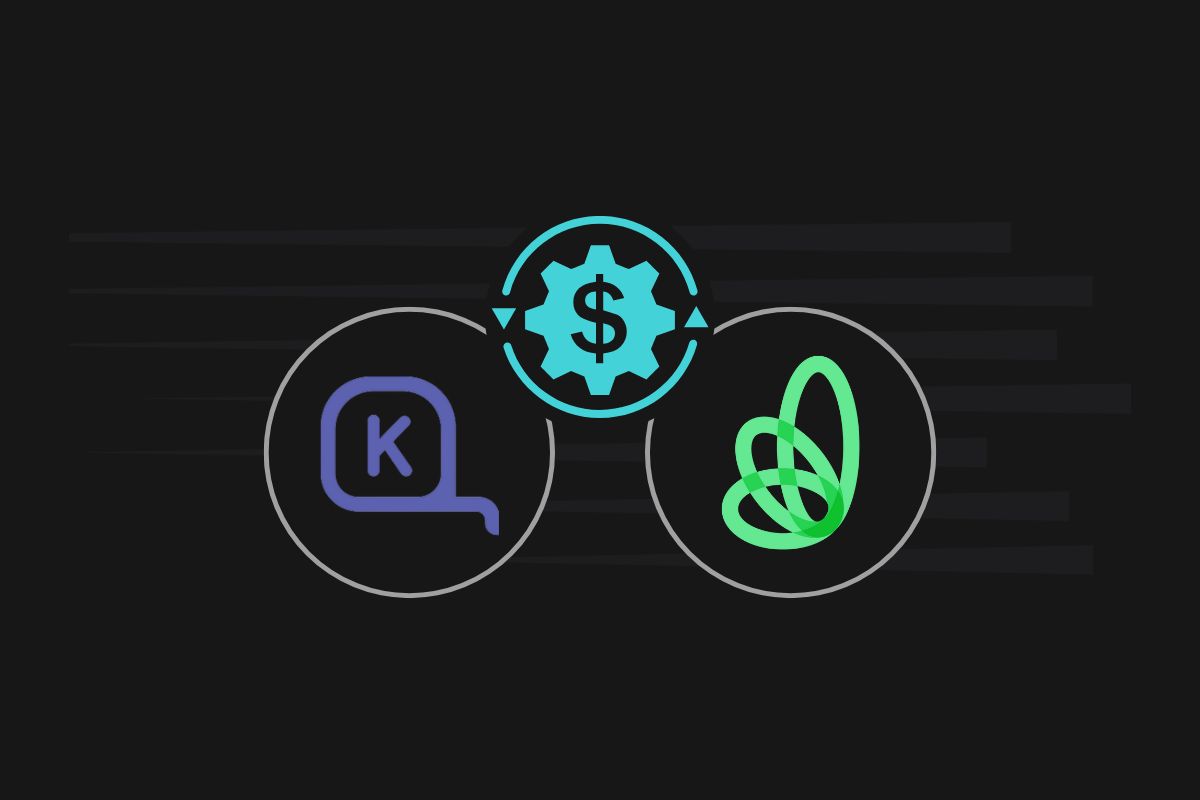- Home /
- DevSecOps /
- Application Security Services
Application Security Services
Application security ensures that the product being developed is protected from malicious attacks and vulnerabilities. At IAMOPS, we integrate secure application development practices directly into your DevOps workflows—helping you identify and mitigate risks early, ship with confidence, and stay compliant.
Security best practices and tools are embedded throughout the development lifecycle, preventing flaws from reaching production. Whether you’re building web apps, microservices, APIs, or mobile platforms, our DevSecOps application security services deliver scalable protection without slowing down development.
Application security is the practice of protecting your product at every stage of its lifecycle—from code to deployment. This includes vulnerability scanning, secure coding standards, logic flaw detection, and securing APIs, dependencies, and cloud infrastructure. With a security-first approach integrated into CI/CD workflows, IAMOPS helps fast-scaling SaaS companies and enterprise tech teams secure applications before, during, and after deployment.
We support monoliths, microservices, and serverless architectures with developer-friendly, compliance-ready, and automation-driven services.
IAMOPS Application Security Services
Secure
Application Development & Coding Practices
We enforce security best practices during the development phase to prevent vulnerabilities and strengthen product integrity. Our team helps your developers adopt secure coding standards and integrate security into the SDLC through DevSecOps workflows.
What we deliver:
- Using linters and static code analysis tools like SonarQube and Checkmarx to detect unsafe coding patterns before they reach production.
- Establishing secure code review processes and peer reviews for early detection of issues.
- Threat modeling, risk assessment, and developer training tailored for scalable tech teams.
- GitHub/GitLab security integrations for real-time feedback during development.
Dynamic Application
Security Testing & Vulnerability Management
IAMOPS ensures that vulnerabilities are caught before they reach production by embedding dynamic application testing within your release lifecycle. We simulate real-world threats using both automated and manual testing methods to expose weaknesses and guide remediation.
What we deliver:
- DAST tools like OWASP ZAP and Burp Suite for scanning live applications for flaws such as broken authentication or insecure session handling.
- Software Composition Analysis (SCA) to detect and prioritize vulnerabilities in third-party dependencies.
- Penetration testing and fuzz testing to uncover logic flaws and stability issues.
- SAST and custom risk scoring pipelines to triage vulnerabilities by criticality within your CI/CD workflows.
Security
Monitoring in Production & Web App Testing
We monitor your live applications to ensure continued protection post-deployment, integrating real-time detection and compliance mechanisms across the stack.
What we deliver:
- Continuous monitoring with Prometheus or Datadog to detect anomalies or threats in production.
- WAF (Web Application Firewall) setups to block real-time attacks like SQL injection or XSS.
- Vulnerability scanning with Qualys or Tenable to maintain patch hygiene.
- Manual and automated testing for web apps, covering OWASP Top 10 vulnerabilities, API threats, business logic gaps, and authentication issues.
API
Security & DevSecOps Automation
APIs and microservices require a different layer of protection. IAMOPS secures internal and external APIs through gateway policies, access control, and threat detection. We automate application security into your DevOps toolchain for end-to-end protection without adding friction.
What we deliver:
- Authentication and authorization enforcement using OAuth2, JWT, and related protocols.
- Rate limiting, abuse detection, and traffic analysis for microservices and APIs.
- Git hooks, Snyk, Checkmarx, and SonarQube integrations in CI pipelines.
- Secrets detection, IaC scanning (Terraform, CloudFormation), and Slack/Teams alerts for instant vulnerability updates.
Benefits
Risk Reduction
Reduced risk of data breaches and security incidents.
Threat Protection
Proactive defence against common and emerging threats.
Customer Trust
Enhanced trust from customers and users by ensuring secure applications.
Continuous Security Improvement
Continuous improvement of application security through monitoring and testing.
Get Security Right from the Start
Modern software demands modern security. With IAMOPS, you embed security into every stage of development—so you build faster, smarter, and safer.
Book a free DevSecOps application security consultation and start securing your application pipeline today.
Our success stories
Frequently Asked Questions (FAQ's)
What types of applications can IAMOPS help secure?
We secure web apps, mobile apps, APIs, SaaS platforms, microservices, and more—across monolithic and cloud-native architectures.
How often should application vulnerability scans be run?
Ideally, with every code commit or pull request. We integrate security scans directly into your CI/CD workflows to ensure constant protection.
Can you help meet compliance requirements like ISO 27001, ISO 27701?
Yes. Our security practices align with major compliance standards and help you implement the required security controls and documentation.
What DevSecOps tools do you use?
We work with tools like Snyk, SonarQube, and more—customizing toolchains to your stack and workflow.
How long does it take to implement secure application development practices?
We typically deliver baseline security integration within 2–4 weeks, followed by ongoing improvements and vulnerability lifecycle management.










